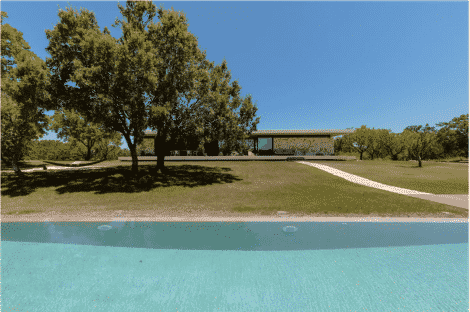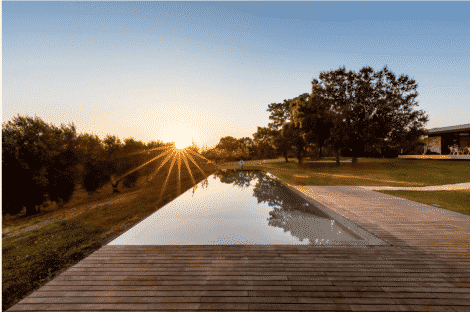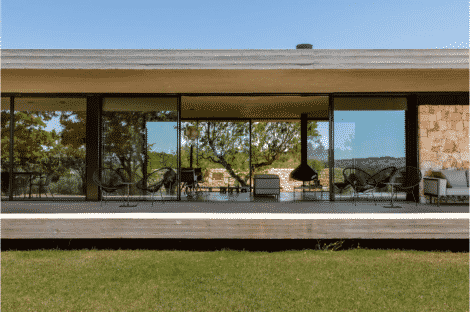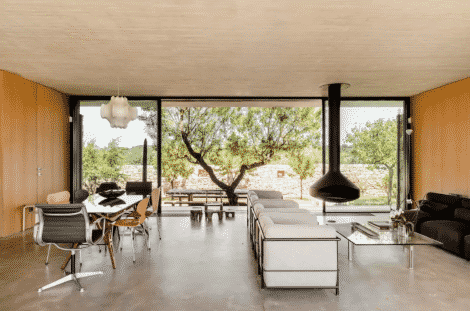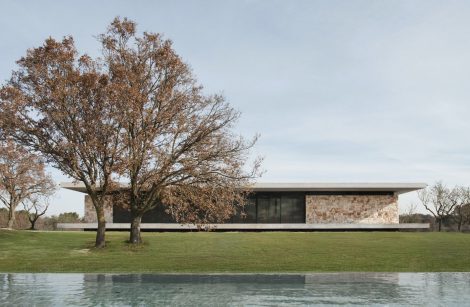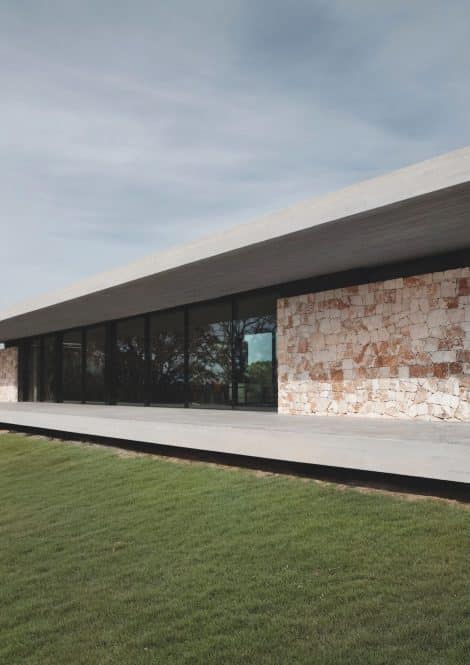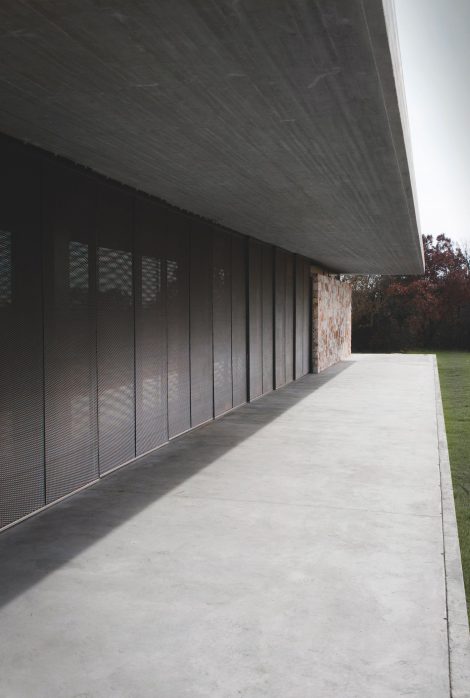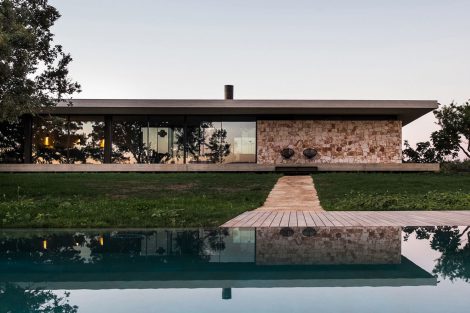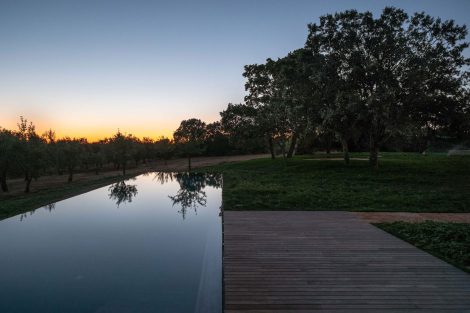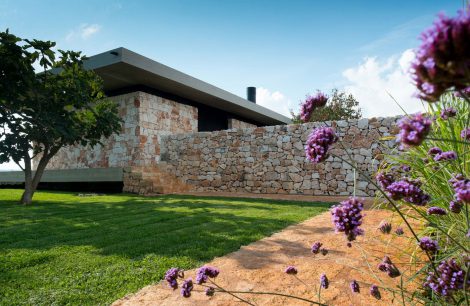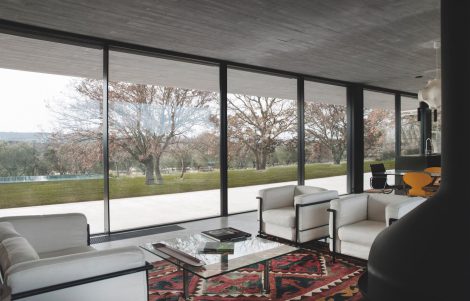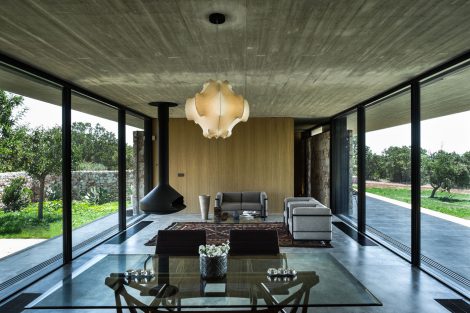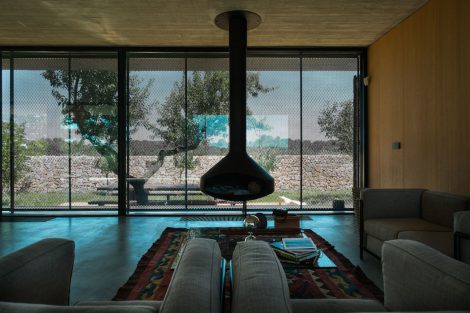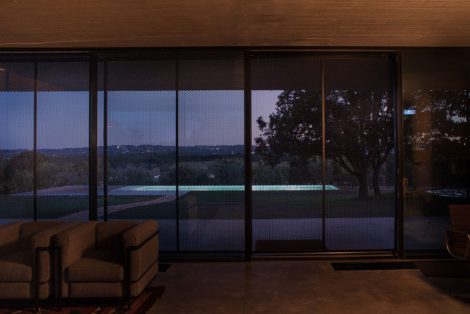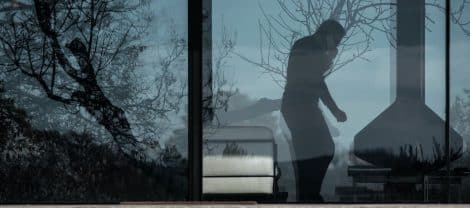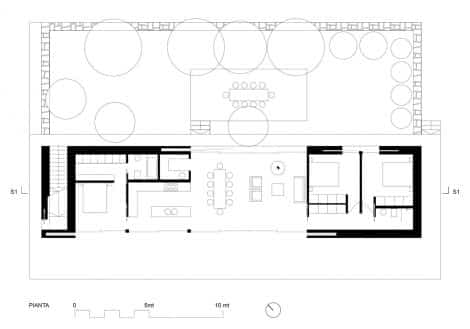Casa M-101
Casa M-101 is defined by his largely geometric form, which plays a big part in the design philosophy. As a result, rooflines are non-existent, with flat roofs the norm. Windows are frameless (or of minimal frame), usually large and positioned seemingly randomly in the elevation. One of the key characteristics is transparency — hence the importance of large glass walls. There is little attempt at symmetry. External cladding is solid concrete, dry stone walls, vertical oak panels for internal walls. Internally, it’s all about the open plan, minimalism and functionality, with nothing such as curtains or fabrics to take away from the clean, simple lines.
Design styles are often a reaction against the dominant trend before, and contemporary architecture is no exception. The simple forms, the large windows, the structure on a show’, the more manufactured look — all a reaction against the handcrafted feel of Arts & Crafts and late Victorian homes. There is also a strong reaction against the mass-manufacture of the 1930s housebuilding boom and a desire to be bold, striking and inventive in architectural form. There is, in general, little attempt to fit in with nature, yet, conversely, an attempt to get the house to in some way welcome in the outside. The house certainly has a more international flavour – they really could be built anywhere in the world, reflecting the globalisation of styles and business that occurred in the second half of the 20th century and continues today. Many of the contemporary homes in Britain, for example, mix European, Californian and Modernist themes.
Contemporary design has enjoyed a huge rise in popularity in recent years because, for a start, it enables investors to make a statement of individuality — this being an era that puts greater value on design than its predecessors. It’s also hugely popular because its key characteristics echo the dream homes we see worldwide and portray a lifestyle — outdoor living, luxury bedroom and bathroom suites, informal entertaining and the more abstract ideas of light, simplicity and openness.
To get it right, be prepared to invest in glass: Contemporary design is not the sort of thing that can be approached in a halfhearted way, and frameless glazing is critical to its overall success. One way around the issue of potential overheating in the summer, owing to the large expanses of glass, is to introduce a bris Soleil which have in their own right become motifs of contemporary homes in recent years.
Get the details right: The design of a contemporary home is much more complicated than it looks — not least because it flies so much in the face of assumptions about how houses should be designed. Take guttering and drainpipes, for example. They need to be hidden in the final design, not on show. Think carefully, too, about the front entrance — one of the unheralded motifs of contemporary style is the lack of a showy entrance, instead almost hiding it in the overall elevation. Interiors are critical: A statement staircase – perhaps with glass balustrading or even glass treads – is a good start. The key to being able to live successfully with open plan design is lots of storage, so plan this into your floorplan from the start.

